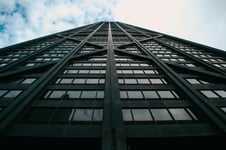VR for architecture is often looked at as a key presentation tool to benefit your clients. Don't get me wrong, that’s definitely something that VR does best over all other presentation tools in the industry - VR has the power to illustrate the unknown… it generates long-lasting, memorable experiences for clients that are much more tangible and impactful than anything they’ve seen before. Plus, VR provides a window on reality instead of what could be a hard-to-imagine mock-up, so there’s less guessing and more understanding when it comes to the details.
So, since VR is so successful for presenting designs to clients, we often lose sight of the other uses VR for architecture has that can amp up your VR game. We’ve compiled a list of other fun and useful features that VR can do that most people forget about (plus, these features don’t require you do to any extra work - so there’s that too!)
Get buddy-buddy with your contractor
Yes, ok, this is still using VR as a presentation tool - guilty - But like we said, VR is the best tool to use to show someone a design in the clearest, most precise way possible - so why not show everyone?
Consider sharing your virtual reality for Architecture project with the construction group that will be executing your design. Having a better idea of the expectations behind a project is never a bad thing - in the end, you’ll feel more confident about getting your design constructed perfectly, and your client will be relieved that the folks building their project know exactly what you want to be built. Plus, you’ll end up growing your relationship with your contractor. Forming a bond over the work you two share will strengthen the quality of communication and heighten the understanding around a design so the execution is a more flawless experience.
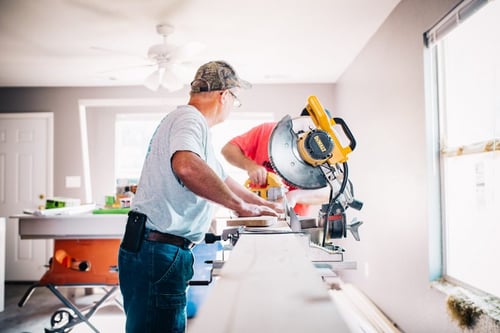
Show some options
We find good use of navigational hotspots to show the same space but with different finishes or design details. Take, for instance, if you’re redoing a kitchen - having the ability to change between options such as a backsplash, countertop, cabinet materials, placement of a kitchen island, or even just seeing the options in different times of the day could drastically help with quick decision-making.
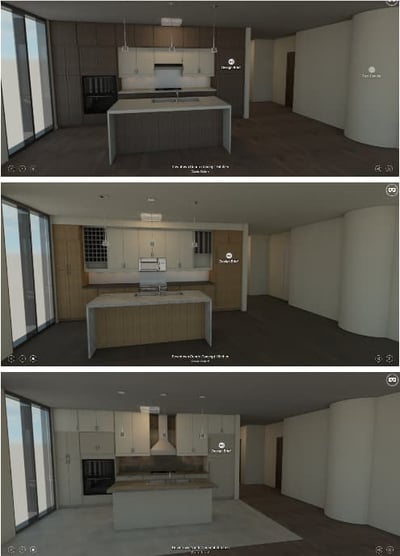
Or look beyond VR for architecture and see how it can help interior designers see what the room will look like for guests and make adjustments to the space has better flow for when it’s lived-in. This could mean making small improvements here and there such as “what would it look like if we took out that wall” or “let’s try adding a separation there - it would be nice to define the spaces”. Seeing these small adjustments in true-scale could make a huge difference when it comes to how it all looks when everything is said and done.
Too busy? Dial it down
Sometimes when you first show a client a design, the details can be distracting - so rather than looking at the layout of a space, they may be more focused on the color of the brick, or the landscape. We see that by changing the resolution or material of the scene, the space is much less distracting, and you can focus on what really matters, which is the design at-large during the appropriate phase of the project.

Don’t sweat it - just see it
You also don't have to sweat the labor of moving pieces around or staging the day before an open house. With virtual reality for architecture and design, you can show different configurations of furniture or decor in the same space to see which version works best. So whether that means staging your living room with different furniture and decor arrangements, reconfiguring a furniture showroom to show all of the unique ways you can use the pieces, or seeing what fits where best inside a museum - the aim of the game is show the best configurations of the same space as possible - and it’d be a lot harder to do without VR
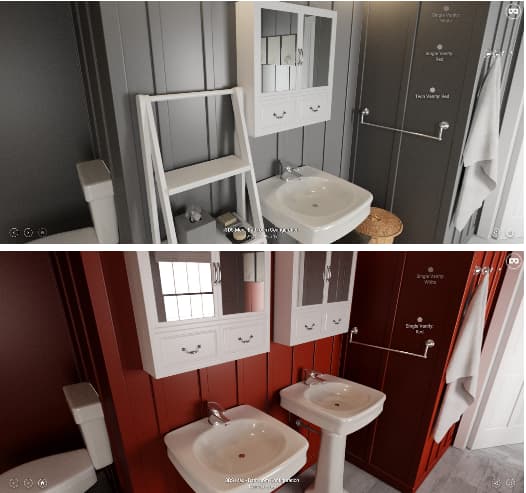
Asking for opinions can only make your designs better
VR collaboration is not just useful for communication between clients and designers, but it helps gain quality feedback from all kinds of parties involved with a design. Collaboration is the difference between finding aspects of a design that don't make sense when you see them in true-scale, versus what could very well be “textbook” for a design. VR collaborations help you find the issues with your peers so you can make the necessary improvements to save yourself more time, money (and sanity) in the process.

Breathe some life into your design
Interior designers may want to add design details in their VR projects such as vignettes to add some presence to the space. There’s nothing more chilling than experiencing an empty design (hello, zombie apocalypse), so designers add touches like vignettes to make the space feel more ‘lived-in’ - it gives you a better idea of what it would look like if it were built and open to the public. This will make the person viewing the project feel less isolated in the space, and have a better ability to read into a visual story that's being told through the design (e.g. a doctors office design with vignettes sitting in the waiting chairs makes the space feel more inviting than one that shows an empty room).
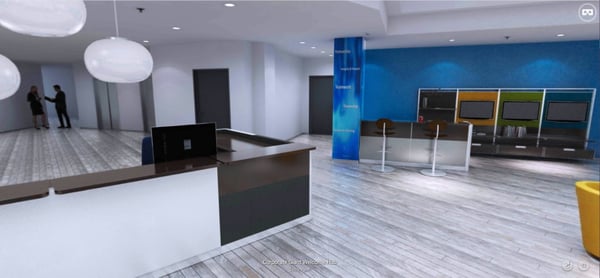
Display your portfolio in VR
Having the novelty of VR for your design portfolio is an awesome way to show off your design skills, while also endorsing that you have experience with some of the latest tech in the industry. The idea of having aVR for architecture portfolio means that you can take it with you anywhere without lugging around heavy equipment, folders, or bags/briefcases - you can simply pull out your phone and a pair of Homido mini VR glasses (which can actually fold to fit in your pocket) and you’re set to present! Plus, if you’re a business - you can handout branded goggles (the Google Cardboard and Homido Mini glasses are probably the cheapest options that offer the best experience, while also having options to add your personal branding! - talk about adding to the portfolio experience!)

Throw it up on your website or share it with your network
Add a little something-something to your website and seduce some of your visitors. Showing that you have and use VR tells people that you know your stuff, you’re up-to-date with the latest and greatest tech in the industry, and of course, if the novelty doesn't w-o-w them, then your design certainly will! Each VR project comes with its own unique embed code to post to your site - or you have the option to share the project with a link through a tweet, a text, an email, or other social media channels.
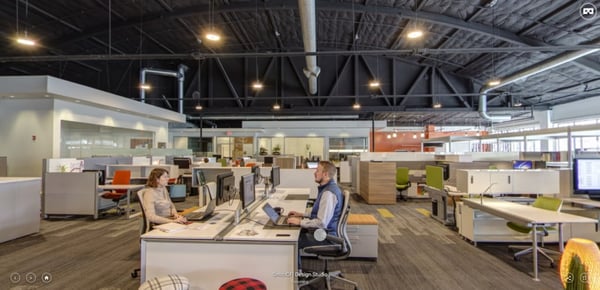
Show off your stuff!
Another benefit several of our clients use VR for is for marketing. Using VR is a great way to show off your work to your audience. VR excites people - in fact, 81% of people who see something in VR, tell their friends about it - so if you’re looking to get a reach with the content you’re showing - VR is certainly the way to do it. VR content can help aid a brand story and immerse users into a storyliving experience. Join your following and bask in the excitement your content brings! Having a memorable experience is what VR is all about.
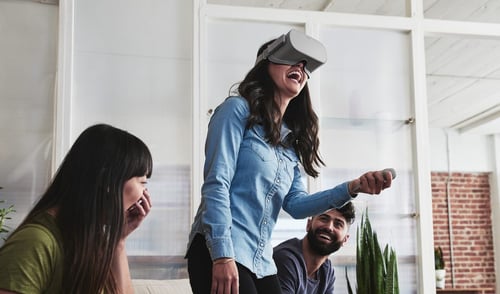
These are just a few examples of the hundreds upon hundreds of ways you can customize your VR project and utilize the many features that VR can do! And with these tips, which require minimal to no extra effort, they’re easy ways to amp up your designs and your skills working with VR technology.
Want to try out some of these awesome features? Sign up for a free 30-day Yulio account for full access to our feature set. We've built Yulio from the ground up to be the ideal VR for architecture tool. Need a hand getting started? Grab a seat at our bi-weekly Yulio training webinar hosted by our own Client Success Manager for some insider tips and tricks, and full walkthroughs of everything you need to know to be successful with Yulio!




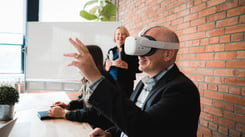
.jpg?width=245&height=150&name=active-adult-beautiful-1799244%20(1).jpg)
